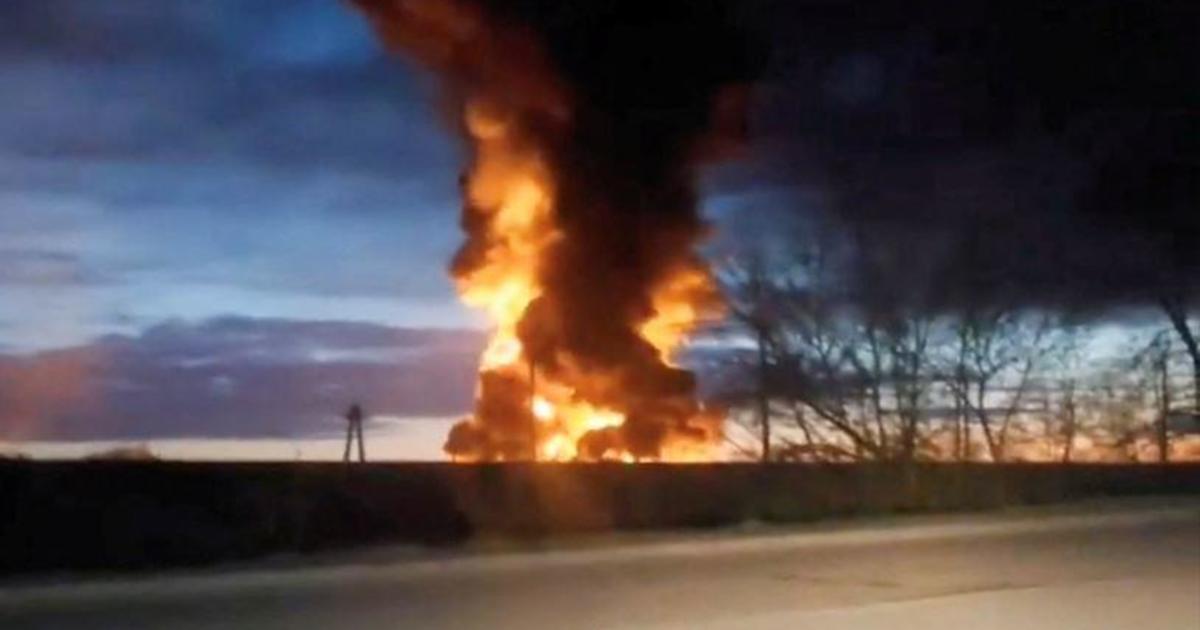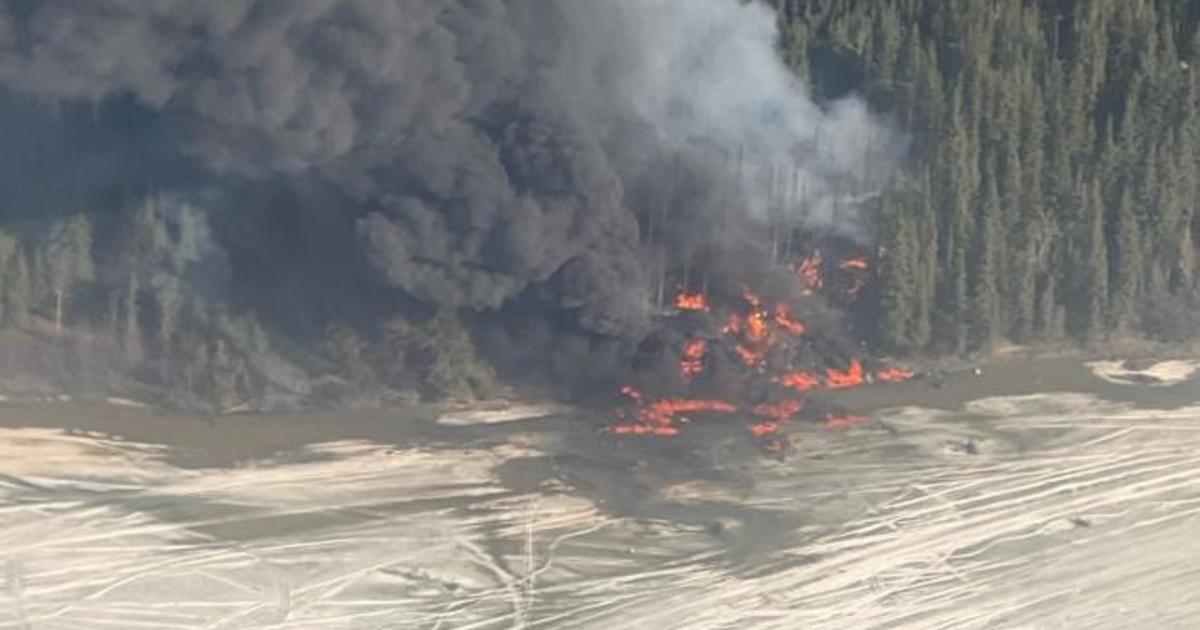Drones used in effort to slow the spread of COVID-19
All over the world, public health and safety officials are employing drones to monitor public spaces and enforce social distancing rules, to help slow the spread of coronavirus
CBS News National Correspondent Errol Barnett recorded onlookers appearing perplexed at the sight of a drone buzzing above a New York City park this month at the height of the coronavirus pandemic. But it wasn't the work of New York police, but instead, a frustrated drone enthusiast from Queens. Xavier Arthur was so angry at people not following guidelines to stay home, he offered what he described as a public service.
A loudspeaker on his drone broadcast a message: "This is the Anti-COVID-19 Volunteer Drone Task Force. Please maintain a social distance of at least six feet. Again, please maintain social distancing. Please help stop the spread of this virus, reduce the death toll and save lives. For your own safety and your family's safety, please maintain social distancing.
"Thank you for your cooperation. We are all in this together," the voice announced.
"I couldn't believe my eyes," Arthur said. "I was like, OK, I'm just going to make sure that the message gets out loud and clear. Maybe someone will listen to me."
Arthur's effort may not have been official, but his plan mimicked those of some public safety organizations in the U.S.
"We're not telling people to get out. We're not enforcing as far as having them go. We're just making the announcement for public safety reasons," said Sergeant Tim Ehrenkaufer of Daytona Beach, Florida.
The Daytona Beach Police Department is one of 43 agencies in 21 states to receive a donations from drone manufacturer DJI, which gave away 100 as part of its disaster relief program.
Ehrenkaufer has also tested, but not deployed, other drone-backed technologies, like measuring body temperature. "It's equipped with a FLIR, the Forward Looking Infrared Camera, which can detect heat signatures," he said.
That technology was meant to be deployed in Connecticut, where the Westport Police Department planned to pilot a drone that monitored heat signatures and tracked distances between people. It could even recognize if someone coughed. But it was pulled over residents' privacy concerns.
And privacy advocates in the U.S. are warning of the potential for abuse.
"You could add the ability to do facial recognition, or the ability to do license plate reading, [or] thermal imaging cameras that can essentially see through walls," said Jeramie Scott, senior counsel at the Electronic Privacy Information Center.
Barnett asked, "Some people might say, 'Look, these extreme measures are just being used during this pandemic. Why should we worry?'"
"Then, there should be no issue with stating that and providing certain protections, saying this information is only being used in response to the public health issue and will not be used for other purposes," Scott said.
But Ehrenkaufer points out his drones are limited to public spaces. "You still have the FAA and local laws that guide us," he said. "It doesn't matter if I'm using a drone, a telescoping antenna, or if I'm flying a kite with a camera on it. I don't have a right to look in your backyard without a search warrant."
Current FAA guidelines require all drones be registered before they're allowed to fly. FAA regulations also restrict where and when they can fly.
But as of right now, no federal regulations exist that limit data collection – only "voluntary best practices."




